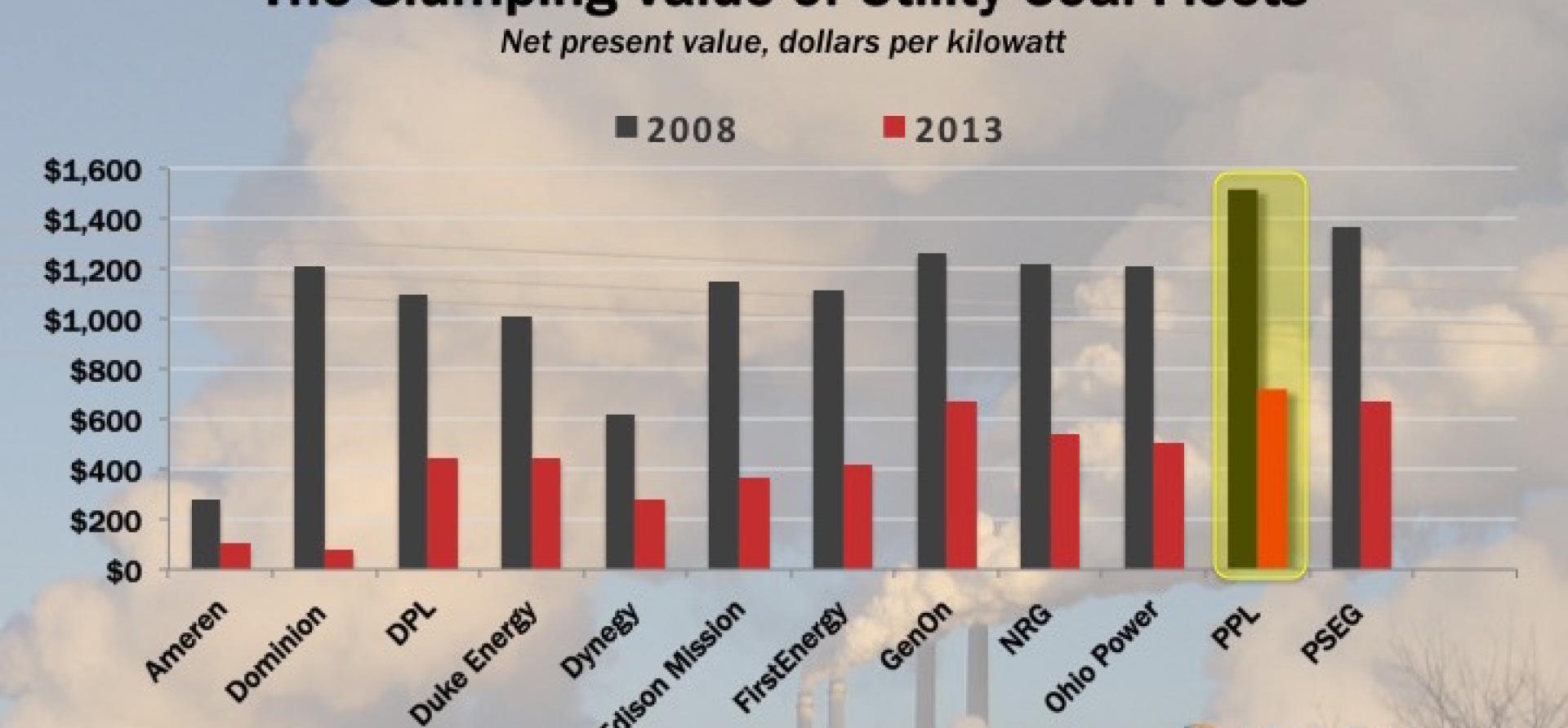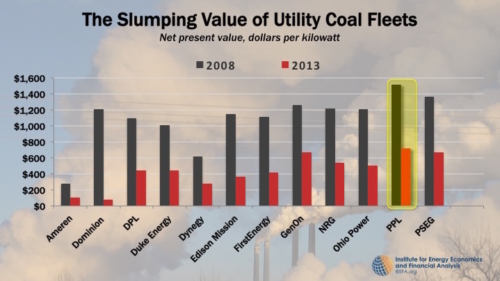Two More Aging Coal-Fired Power Plants That Should Be Retired

We’ve just published a report that shows in deep detail how two aging coal-fired units at an electricity-generation plant in eastern Montana are financially unviable in the fast-changing new energy economy.
Colstrip 1 and 2 are owned 50-50 by Talen Montana and Puget Sound Energy, and both companies, and their respective owners and ratepayers, stand to lose money on further operation of the units. At best, profits from power generated at either unit will be minimal for the foreseeable future.
The only sensible solution is to plan now to phase out the units in the not-too-distant future in favor of more affordable alternatives.
A perfect storm is undercutting the financial viability of coal-burning power plants around the U.S., and nowhere is this more apparent than at Colstrip 1 and Colstrip 2. The combined effect of low natural gas prices, rising coal-production costs and stricter pollution limits is dramatically driving down the profitability of coal plants across the country (the chart here shows the trend).
Competition is also squeezing coal-fired plants. Renewable sources like wind and solar have little or no operating costs and are increasingly being put on line ahead of coal plants. Energy efficiency programs are also having an impact, further reducing the need for coal-fired electricity.
NO ADDITIONAL INVESTMENT BY EITHER OWNER SHOULD BE MADE IN COLSTRIP 1 AND 2, AND PUGET SOUND ENERGY—a regulated utility in Washington State—should be required to demonstrate why investing in other options doesn’t make more sense before they make any such expenditures.
Those options include purchasing more affordable energy from the Mid-Columbia Hub and investing wisely in energy-efficiency programs, renewable resources and natural gas.
Investors, which of course at the end of the day include the very ratepayers who support the owners of Colstrip 1 and 2, should be very wary of the economics of keeping the two units running.
Substantial expenditures will be necessary to upgrade Colstrip units 1 and 2 to meet new pollution-control limits. New costs associated with carbon emissions are also probably on the way, perhaps as early as the end of this decade. Such costs will erase whatever slim operating margin coal-fired plants like Colstrip 1 and 2 can claim.
David Schlissel is IEEFA’s director of resource planning analysis.
















